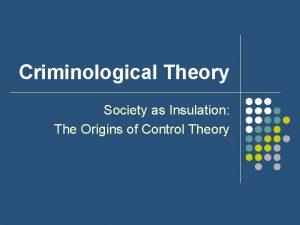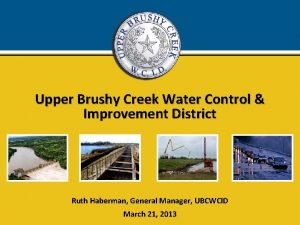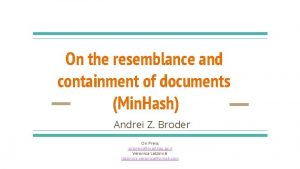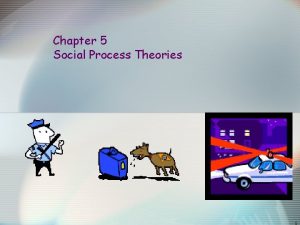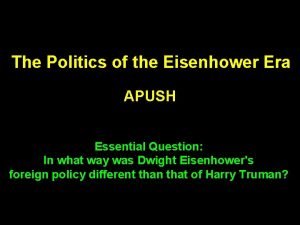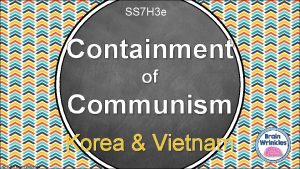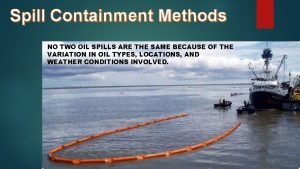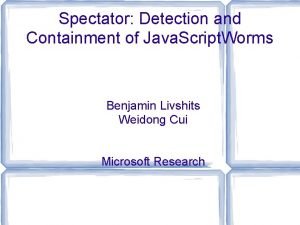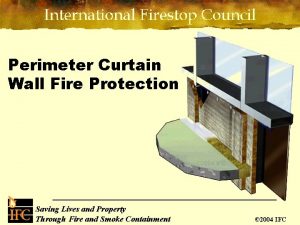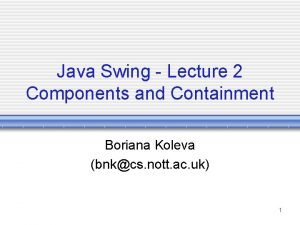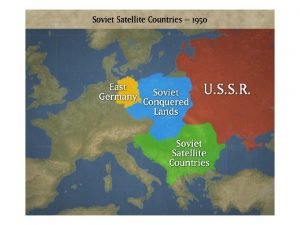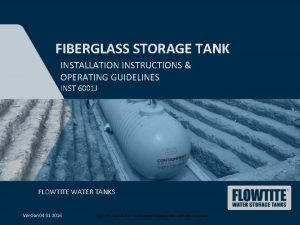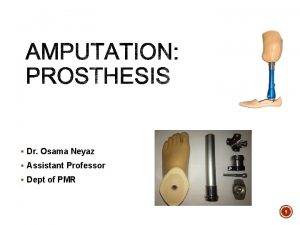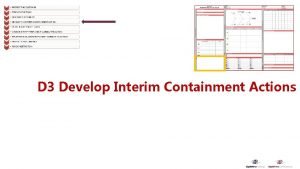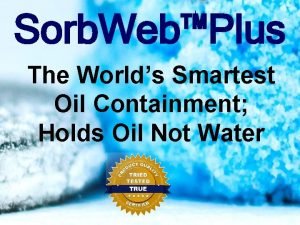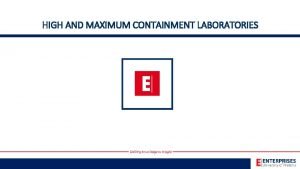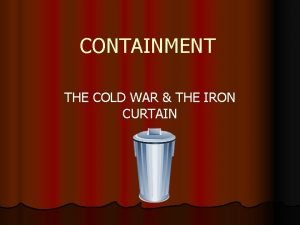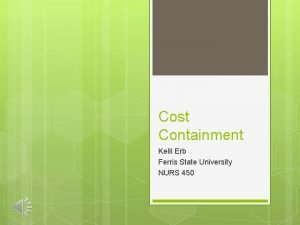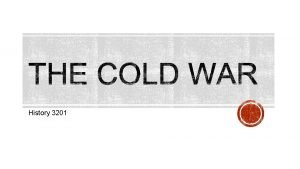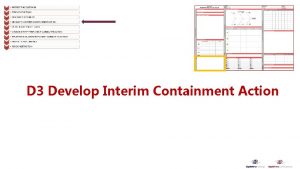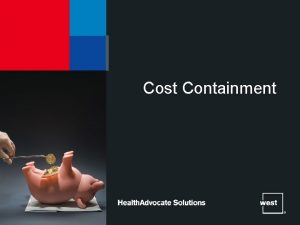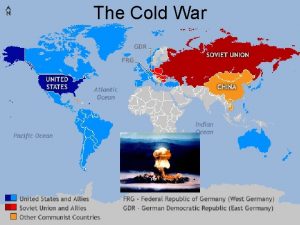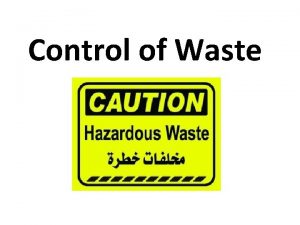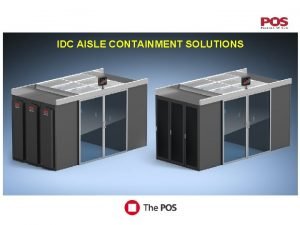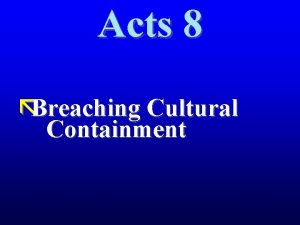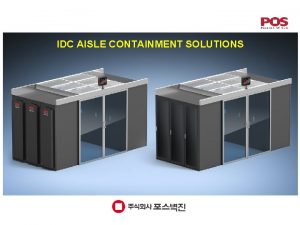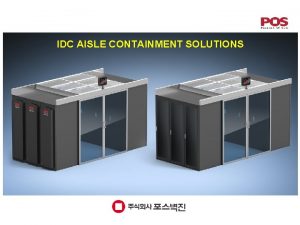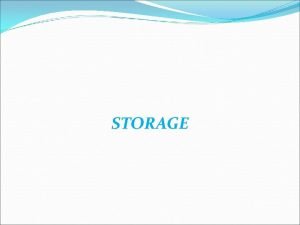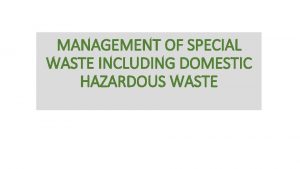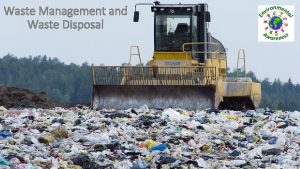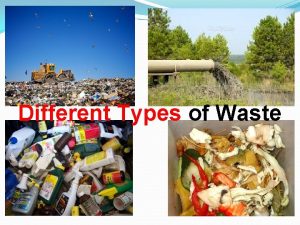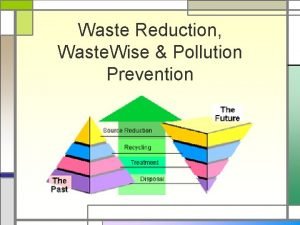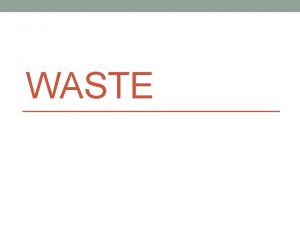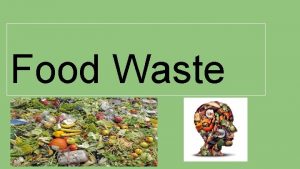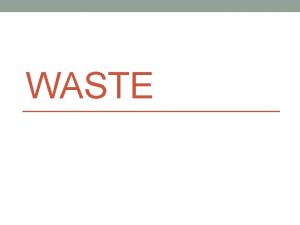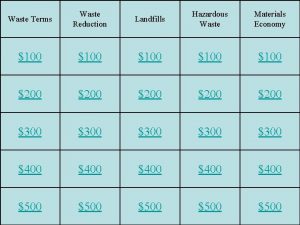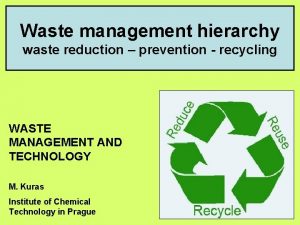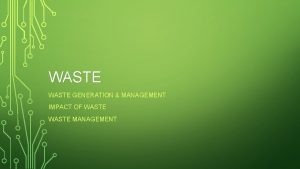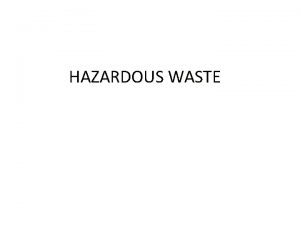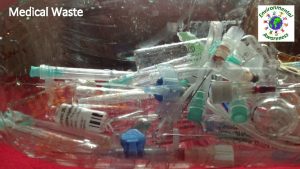Ground Improvement and Ground Control including Waste Containment

























- Slides: 25

Ground Improvement and Ground Control including Waste Containment with Geosynthetics Dr. J. N. Jha, Professor and Head (Civil Engineering), Guru Nanak Dev Engineering College, Ludhiana, Punjab-141006

Ground Improvement Tehnique: Issues, Methods and their Selection

Present Day Scenario • Best buildable lands not available for construction • Available sites are having low strength because : Ø Filled up sites, Ø Low lying water logged, Ø Waste lands, Ø Creek lands with deep deposits of soft saturated marine clays • Another problem: Design loads are high and the site is situated in seismic zones

What are the options? • Traditional foundation techniques sometimes costlier than the super structure and in many situations can’t be built • when a poor ground exists at the project site, designer faces following questions: ØShould the poor ground be removed and replaced with a more suitable material? ØShould the weak ground be bypassed laterally by changing the project’s location or vertically by the use of deep foundations? or ØShould the design of the facility (height, configuration, etc) be changed to reflect the ground’s limitations?

• Development of ground improvement, gives the designer/bulder has a fourth option To “fix” the poor ground and make it suitable for the project’s needs • Now the designer/builder faces new questions: ØShould the problematic ground at the project site be fixed instead of bypassed? ØWhat are the critical issues that influence the successful application of a specific fixing tool? And ØWhich fixing tool to be used from comprehensive and diversified set currently available in the tool box?

What are the major functions of Ground improvement in soil ? (1) To increase the bearing capacity (2) To control deformations and accelerate consolidation (3) To provide lateral stability (4) To form seepage cut-off and environmental control (5) To increase resistance to liquefaction • Above functions can be accomplished : Ø by modifying the ground’s character - with or without the addition of foreign material

The current state of the practice: • Densification • Consolidation • Weight reduction • Reinforcement • Chemical treatment • Thermal stabilization • Electrotreatment • Biotechnical stabilization

Ground Improvement by Densification Methods of Application : Ø Vibrocompaction ØDynamic Compaction ØBlasting ØCompaction Grouting Key Issues affecting densification: (a) (b) (c) (d) (e) Percent of fines in the soil, Ability of the soil to dissipate excess pore water pressure, Energy felt by the soil, Presence of boulders, utilities and adjacent structures, and Mysterious phenomenon of ageing.

Ground Improvement by Consolidation Methods of application: ØPreloading with or without vertical drains ØElectro-osmosis ØVacuum consolidation Key Issues associated with consolidation: (a)stability during surcharge placement, (b)clogging of vertical drains, and (c)maintenance of the vacuum.

Ground Improvement by Weight Reduction Methods of Application: • Placing lightweight materials over the native soil in one of three ways: Øspread in a loose form, then compacted Øcut in block forms, then stacked according to a certain arrangement, or Øpumped in a flowable liquid form key issues with the weight reduction method (a) Placement of the lightweight material, (b) Longevity and long-term performance.

Ground Improvement by Reinforcement Methods of Application: ØMechanical stabilization ØSoil nailing ØSoil anchoring ØMirco piles ØStone columns ØFiber reinforcement Key Issues Affecting Soil Reinforcement: (a)Load transfer to the reinforcing elements, (b)Failure surface of the reinforced soil mass, (c)Strain compatibility between the soil and the reinforcement, (d)Arrangement of the reinforcing elements, (e)Durability and long-term behavior of the reinforcements.

Ground Improvement by Chemical Treatment Methods of Application: ØPermeation grouting ØJet grouting ØDeep soil mixing ØLime columns ØFracture grouting Key Issues involved in Chemical Treatment (a)soil-grout compatibility and reactivity, (b)operational parameters, (c)column verticality, and (d)weathering effects

Ground Improvement by Thermal Stabilization Methods of Application: ØGround freezing ØVitrification Key Issues of thermal stabilization (a)Degree of saturation of the soil, (b)Rate of groundwater movement, (c)Creep potential of the frozen ground, (d)Post thawing behavior, (e)Heat transfer in the melted soil and (f)Impact of heat on utilities and adjacent structures.

Ground Improvement by Electrotreatment Methods of Application: ØElectrokinetic remediation ØElectroheating ØElectrokineting fencing ØBioelectrokinetic injection Key Issues in Electrotreatment (a)Soil’s electrical conductivity, (b)Ionic characterization of the contaminants, and (c)Impact on buried objects and utilities

Ground Improvement by Biotechnical Stabilization Methods of Application: ØBrush layering ØContour wattling ØReed-trench layering ØBrush matting ØLive staking and others key issues affecting biotechnical stabilization (a)Development of artificial cohesion in the ground, (b)Effects of evapotranspiration, and (c)Durability of the vegetation

Factors affecting the selection of a ground improvement method (a)Ground, (b)Groundwater (c)Construction considerations including schedule, materials, accessibility, right-of- way, equipment and labor (d) environmental concerns, (e) durability, maintenance and operational requirements (f) contracting, politics and tradition, (g) cost

Waste Containment with Geosynthetics ØLarge quantities of waste are being produced since 1990 due to Rapid industrialisation and Excessive urbanisation ØWaste needs to be disposed off and only disposal bin is ground and it occupies large chunk of land. Ø One million ton of municipal solid waste occupies approximately one million square meter (One square kilometer of land area when waste is spread uniformly with a thickness of one meter)

Other problem associated with waste disposal Another problem with the disposal of waste : ØSource of pollution ØContaminates the soil beneath the waste ØContaminates the ground water as contaminants travel from the solid waste to the subsurface environment

Other sources of subsurface contamination ØPonding or impoundment of Liquid Waste : Slurry type liquid waste ØLeakage from storage of liquids in underground tanks ØLeakage from pipelines that transport liquid ØAccidental spills of toxic liquid ØApplication of fertilizers , pesticides on large agricultural areas

How to tackle and minimise this damage ØDesign and implementation of solution for detection, control, remediation and prevention of subsurface contamination ØProtection of uncontaminated land ØAnalysis of the fate of contaminants on and in the ground including transportation through geomedia ØUse of waste material on and in the ground for geotechnical construction

Pollution: MSW/ISW ØMunicipal solid waste/Industrial solid waste place on the ground: two most significant source of subsurface contamination ØWater infiltrates into waste and reacts physically, chemically and biologically to produce leachate ØLeachate infiltrates into the ground causing subsoil and ground water contamination ØSolid waste continues to stay at the location where it is placed for years ØTherefore the process of leachate infiltration into subsurface environment continues , slowly but surely for several yearss

Control and Remediation ØClean up of soil involves - Treatment of three phases in soil: Solid soil particle, Liquid pore fluids and Pore gases Methods ØControlling the spread of polluted zone by installing impermeable vertical barriers (cut-off walls) all around and horizontal cover above the contaminated site ØRemoving the source of contamination and placing it in designed facility ØExcavating the affected soil, washing it or teating it and placing it back after treatment

ØPumping out the contaminated ground water by using a set of tube wells installed in the ØContaminated zone , treating the ground water and the injecting the purified waterback (Pump and Treat Method) ØPumping out pore gas from the unsaturated zone using gas wells and allowing air to enter through injection wells ØUsing micro-organism to biomediate the sub soil and ground water by transforming or immobilzing the contaminants ØUsing thermal treatment e. g. incineration

Control of subsurface contamination for new facility ØFor solid waste: Providing impermeable flexible liners at the base and covers on top of all Solid waste disposal facilities to minimize leachate formation ØFor slurry type waste: Providing storage in ponds and impoundments having incrementally raised embankments and impermeable flexible liners at the base ØFor liquid: providind storage in ponds with impermeable flexible liner ØFor underground liquid storage facility: Providing double walle tanks with leakage detention system placed between the walls

Thankyou. . . .
 Internal containment, external containment, self-insulation
Internal containment, external containment, self-insulation Brushy creek water
Brushy creek water On the resemblance and containment of documents
On the resemblance and containment of documents Strengths of differential association theory
Strengths of differential association theory What was the policy of containment
What was the policy of containment Eisenhower doctrine apush
Eisenhower doctrine apush Containment of communism cloze notes
Containment of communism cloze notes Oil spill
Oil spill Worms java
Worms java Perimeter fire barrier
Perimeter fire barrier Containers in java swing
Containers in java swing Father of containment
Father of containment Containment solutions installation manual
Containment solutions installation manual Quadrilateral socket
Quadrilateral socket Interim containment actions
Interim containment actions Sorbweb
Sorbweb Opw méxico
Opw méxico River containment structures crossword clue
River containment structures crossword clue Maximum containment laboratory
Maximum containment laboratory Containment definition cold war
Containment definition cold war Fluid containment solutions
Fluid containment solutions Alice cost containment
Alice cost containment What are satellite states cold war
What are satellite states cold war Containment action planning
Containment action planning Accent cost containment solutions
Accent cost containment solutions Satellite nations
Satellite nations
